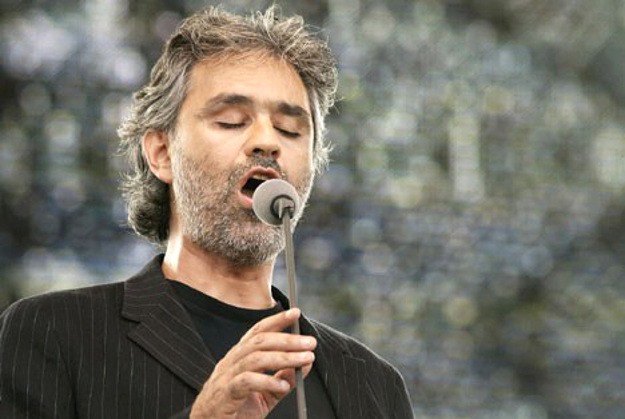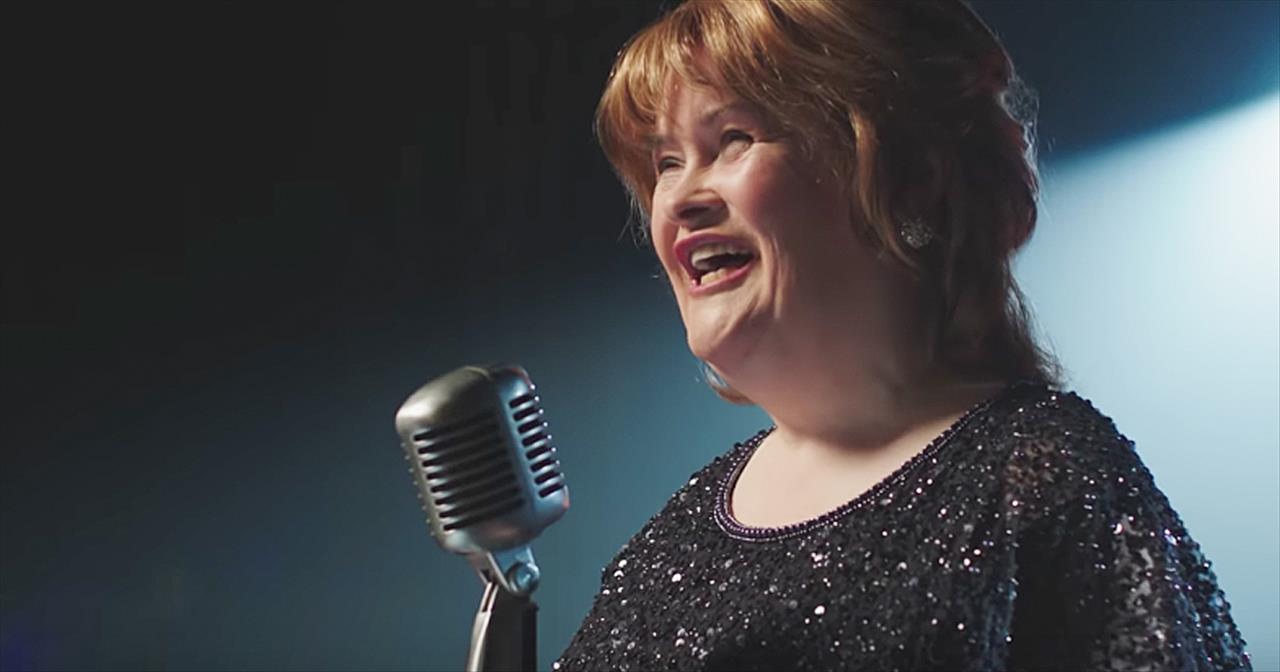On the evening of July 6, 2025, as headlines flooded in from Texas with stories of devastation — swollen rivers, shattered homes, and over a hundred lives lost — two voices from across the ocean quietly connected. Susan Boyle sat in her modest home in West Lothian, Scotland, tears already forming as she read the names of the children taken by the floodwaters. Then her phone rang.
Andrea Bocelli’s voice came through, steady but heavy.
“Susan… we don’t need a hit song. We need a healing one.”
She didn’t hesitate. “I’m with you,” she whispered.
That same night, flights were arranged. By sunrise on July 7, Susan was in Florence, standing beside Andrea in a centuries-old chapel turned recording space. No producers. No engineers. Just a grand piano, a violinist from the local conservatory, and two artists whose voices had once stunned the world — now summoning something deeper than applause.
Andrea sat quietly at the piano. He played a single, soft chord. “We’ll call it Light Beyond the Water,” he said.
Susan nodded. “It sounds like hope.”
They wrote the song in just a few hours. There were no rhymes forced, no verses polished for radio play. The lyrics emerged like prayer:
“Where the river stole the morning light,
We’ll sing your names into the night.
Through every tear the earth still keeps,
Love will rise where sorrow sleeps…”
Recording began that afternoon. No headphones. No booths. Just raw, aching harmony — Susan’s voice carrying the ache of a mother’s lullaby, Andrea’s notes rising like a requiem from the soul of the earth itself. At one point, as they reached the final refrain, Susan broke down. Andrea paused the session. He walked over, placed his hand gently on her shoulder, and said, “That’s what they’ll feel — the truth in your breaking.”
And that’s exactly what the world felt when the song quietly dropped online two days later — with no announcement, no label push, and no promotion. Just a single post from an anonymous account: a dimly lit video of Susan and Andrea in that small chapel, surrounded by candles, singing as if the entire world had vanished — except for the pain they were holding.
The video ended with a simple black screen:
“In Memory of the Texas Flood Victims – July 2025”
And then… silence.
Within hours, the song was shared thousands of times. Survivors played it as they sifted through rubble. Nurses played it in flooded hospitals. A mother who had lost both her children messaged the anonymous account: “I don’t know who you are, but this saved me tonight.”
People didn’t just listen — they wept, they knelt, they held hands. “Light Beyond the Water” was no longer just a song. It was a shelter. A hymn for those too broken to speak. A candle for those still walking through the dark.
News outlets picked it up days later, and only then did the world learn: the voices behind it were not rising stars or viral sensations, but two of music’s most cherished — offering not celebrity, but sincerity.
When asked later why they released it without names or credits, Andrea simply replied:
“Because it was never about us. It was about love — the kind that survives the flood.”
And Susan added softly:
“Sometimes the most powerful thing we can do… is sing for someone who can no longer sing.”
In a world often too quick to move on, Light Beyond the Water became a rare thing: a moment where art stood still, held grief in its hands, and gently, beautifully… began to heal it




